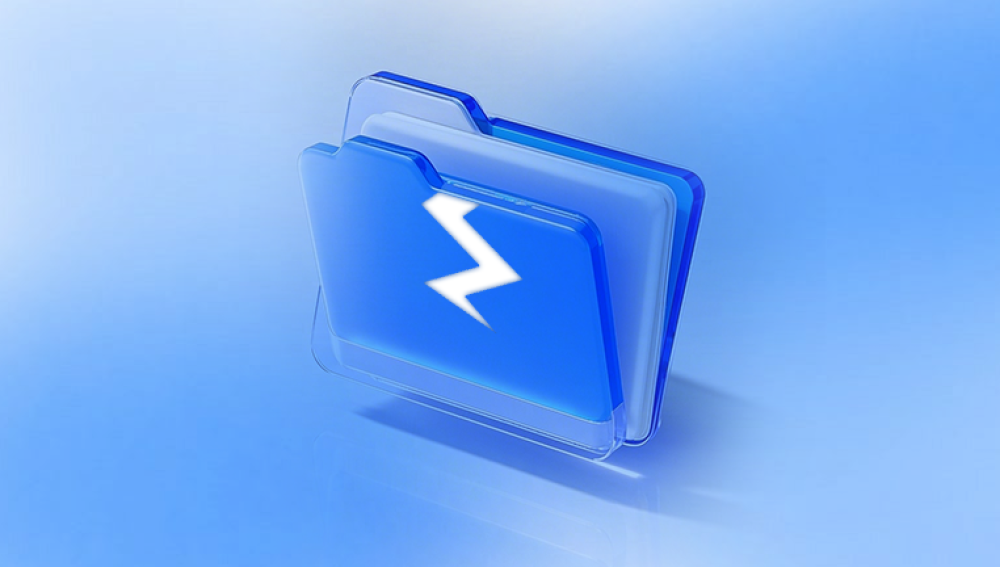File corruption on Windows 11 can happen suddenly, whether due to power outages, hardware failure, software bugs, or malware. When system files or personal files like documents, photos, or videos become corrupted, it can affect computer performance, security, and usability.
Why Files Become Corrupted in Windows 11
Understanding the cause of corruption helps prevent it from happening again. Common reasons include:
Improper shutdown or sudden power loss
Failing hard drives or SSDs
Malware or virus attacks
Interrupted file transfer processes
System crashes or software conflicts
Signs of Corrupted Files in Windows 11
Before jumping into repair methods, you should know how to identify file corruption. Symptoms may include:

Files that won’t open or display error messages
System crashes or blue screens (BSOD)
Apps behaving abnormally or refusing to start
Sluggish system performance
Methods to Fix Corrupted Files in Windows 11
Below are reliable methods you can use, ranging from built-in Windows tools to third-party software solutions.
1. Use Windows File Checker (SFC) Tool
System File Checker is a command-line tool that scans and repairs corrupted system files.
Steps:
Open the Start menu, type Command Prompt, and select Run as administrator.
In the Command Prompt window, type:
sfc /scannow
Press Enter.
Wait for the scan to complete. It may take several minutes.
Review the scan results. If corruption is found and fixed, restart your computer.
SFC is effective for resolving many Windows file issues but may not repair third-party application files.
2. Use the Deployment Imaging Service and Management Tool (DISM)
When SFC doesn’t solve the problem, DISM can repair the Windows image itself.
Steps:
Open Command Prompt as administrator.
Enter the following command:
DISM /Online /Cleanup-Image /RestoreHealth
Press Enter.
Wait for DISM to complete. It may take 10–30 minutes.
After it finishes, run sfc /scannow again to verify file integrity.
DISM helps when system file corruption is deeper than what SFC can fix.
3. Run Check Disk Utility (CHKDSK)
Check Disk scans the hard drive for bad sectors and file system errors.
Steps:
Open Command Prompt as administrator.
Type the following command:
chkdsk C: /f /r /x
Press Enter.
If prompted to schedule a scan on the next restart, type Y and press Enter.
Restart your computer to let CHKDSK run.
Note: Replace C: with the drive letter of the partition you want to check.
4. Repair Corrupted Files Using Windows Security
Sometimes, malware or viruses cause file corruption. Scanning with Windows Security can remove harmful software.
Steps:
Open Settings → Privacy & Security → Windows Security.
Click Virus & Threat Protection.
Select Quick Scan or Full Scan for deeper checking.
Follow prompts to quarantine or remove any threats found.
For thorough malware removal, consider third-party antivirus software.
5. Restore Files Using Windows File History
If File History was enabled before file corruption occurred, you can restore earlier file versions.
Steps:
Open Control Panel.
Click File History.
Select Restore personal files.
Browse to the file or folder you want to recover.
Click Restore.
If File History isn’t set up, consider enabling it as a preventive measure.
6. Use System Restore
System Restore reverts Windows settings and files to a previous state.
Steps:
Press Win + R and type rstrui, then press Enter.
Follow the wizard to choose a restore point before file corruption happened.
Confirm and let the process complete.
System Restore won’t affect personal files, but it can fix corrupted system files.
7. Perform a Windows 11 Repair Install
For persistent issues, a repair install refreshes Windows without removing personal data.
Steps:
Download the Windows 11 Installation Media Tool from Microsoft’s website.
Launch the tool and select Upgrade this PC now.
Follow the on-screen instructions, making sure to select Keep personal files and apps.
Let the repair process finish. It may take up to an hour.
A repair install is ideal for repairing widespread corruption without starting from scratch.
8. Reinstall Corrupted Applications
If the corruption is isolated to specific programs:
Open Settings → Apps → Installed Apps.
Select the affected app and choose Uninstall.
Download and reinstall the application from its official source.
Always back up user-generated content before reinstalling software.
9. Recover Files with Third-Party Data Recovery Software
Panda Repair
Panda Repair is a user-friendly tool that specializes in detecting and fixing corrupted files on Windows 11. It supports various file formats, including documents, images, videos, and system files. Once installed, the software scans your computer for damaged files and provides options to repair or recover them without requiring advanced technical skills.
To get started, download and install Panda Repair on your Windows 11 device. Launch the program, select the scan option, and allow it to analyze your system. The software will display a list of corrupted files found during the scan. You can then choose which files to repair or restore. Panda Repair uses smart algorithms to reconstruct file structures, minimizing data loss while maintaining file quality.
Additionally, Panda Repair integrates seamlessly with Windows 11’s environment, ensuring compatibility with the latest system updates and security features. For users dealing with persistent file corruption issues, Panda Repair offers automated scheduled scans and real-time protection to help prevent future problems.
10. Reformat the Drive (Last Resort)
If file corruption is severe and unrecoverable:
Back up any salvageable data.
Open Settings → System → Storage.
Click Advanced storage settings → Disks & Volumes.
Select the corrupted drive and choose Format.
This wipes the drive clean, so only use it if all other options fail.
Preventing File Corruption in Windows 11
Prevention is always better than cure. Follow these tips:
Regularly back up important files using File History, OneDrive, or external drives.
Keep Windows and drivers updated.
Use reliable antivirus protection.
Avoid shutting down the PC while saving files or installing updates.
Maintain good hardware health by checking SSD/HDD performance regularly.
File corruption is a frustrating but common issue for Windows 11 users. Whether it’s system files or personal data, solutions range from simple command-line tools to full repair installations. By following the steps outlined above, you can address most file corruption scenarios and protect yourself from future problems.
Regular backups, system maintenance, and security checks are your best defense against losing valuable files in Windows 11.




